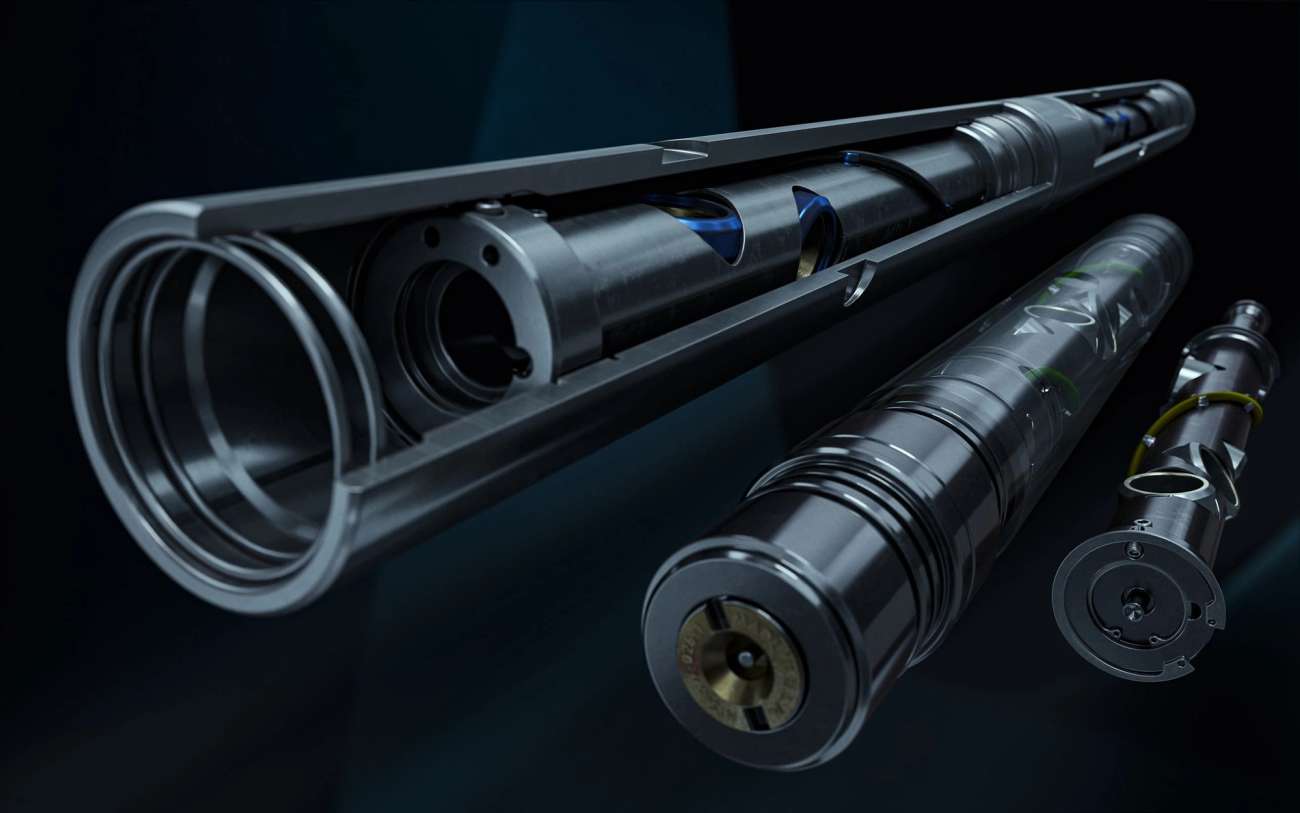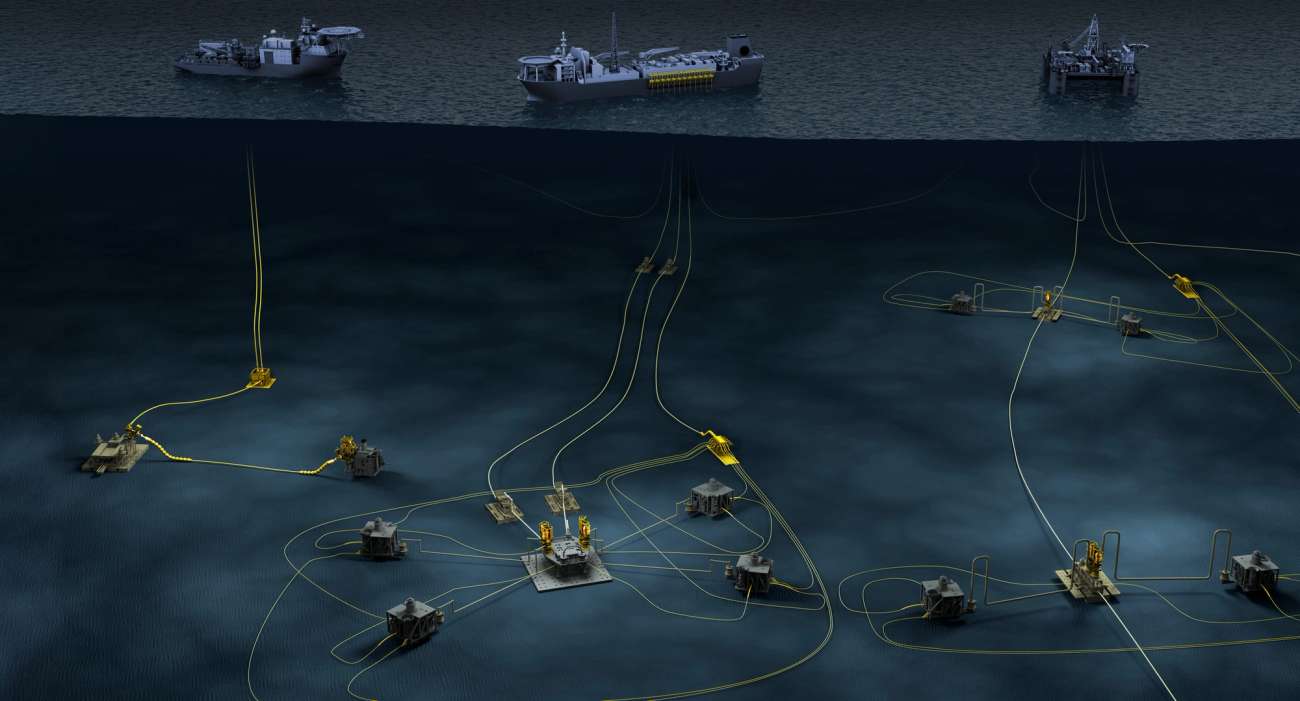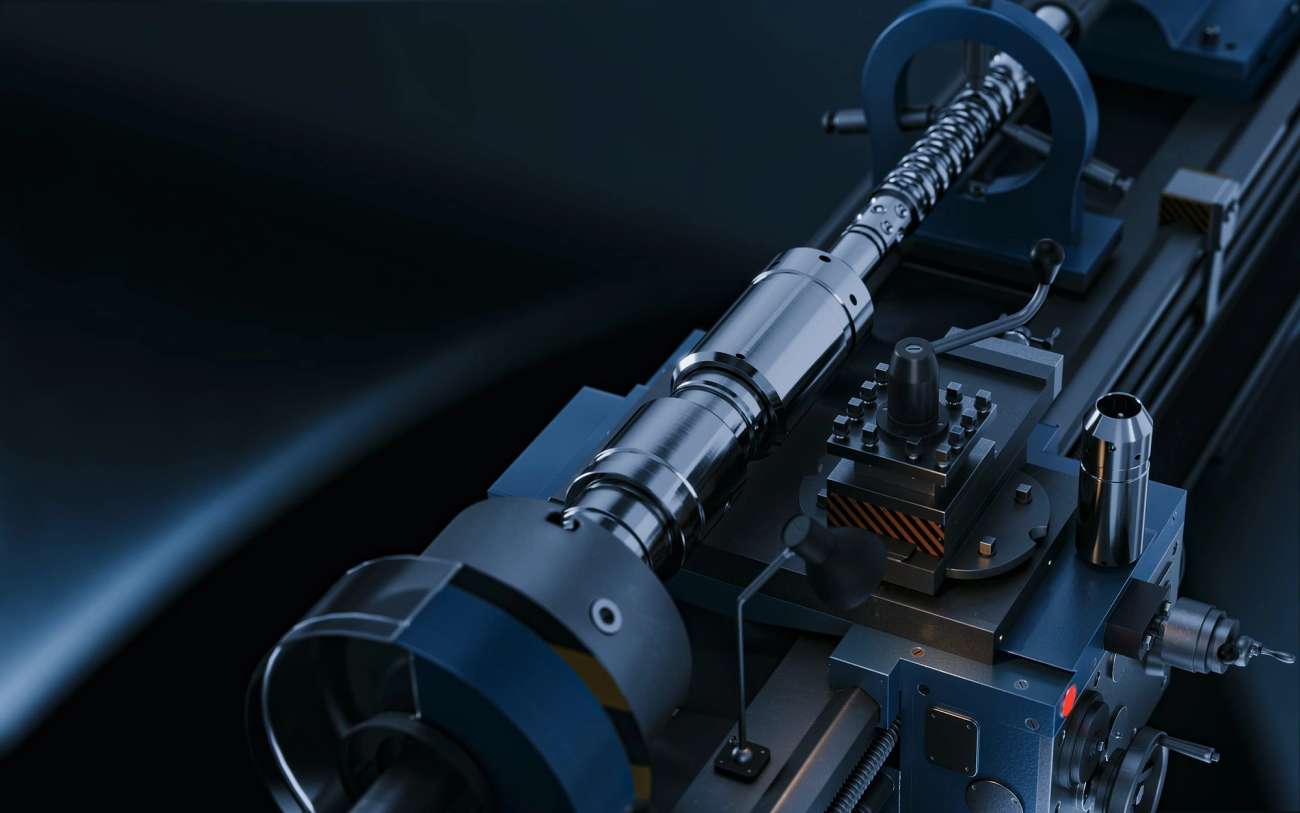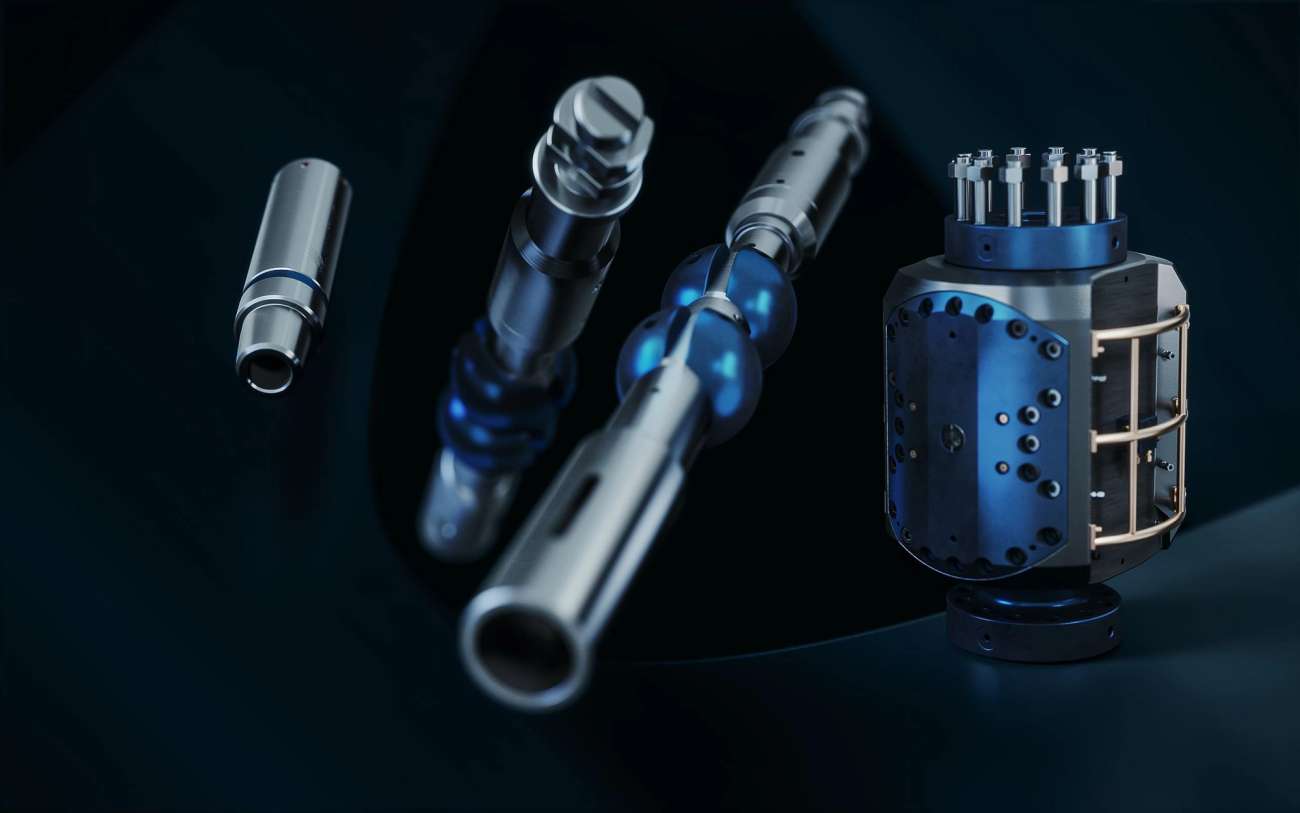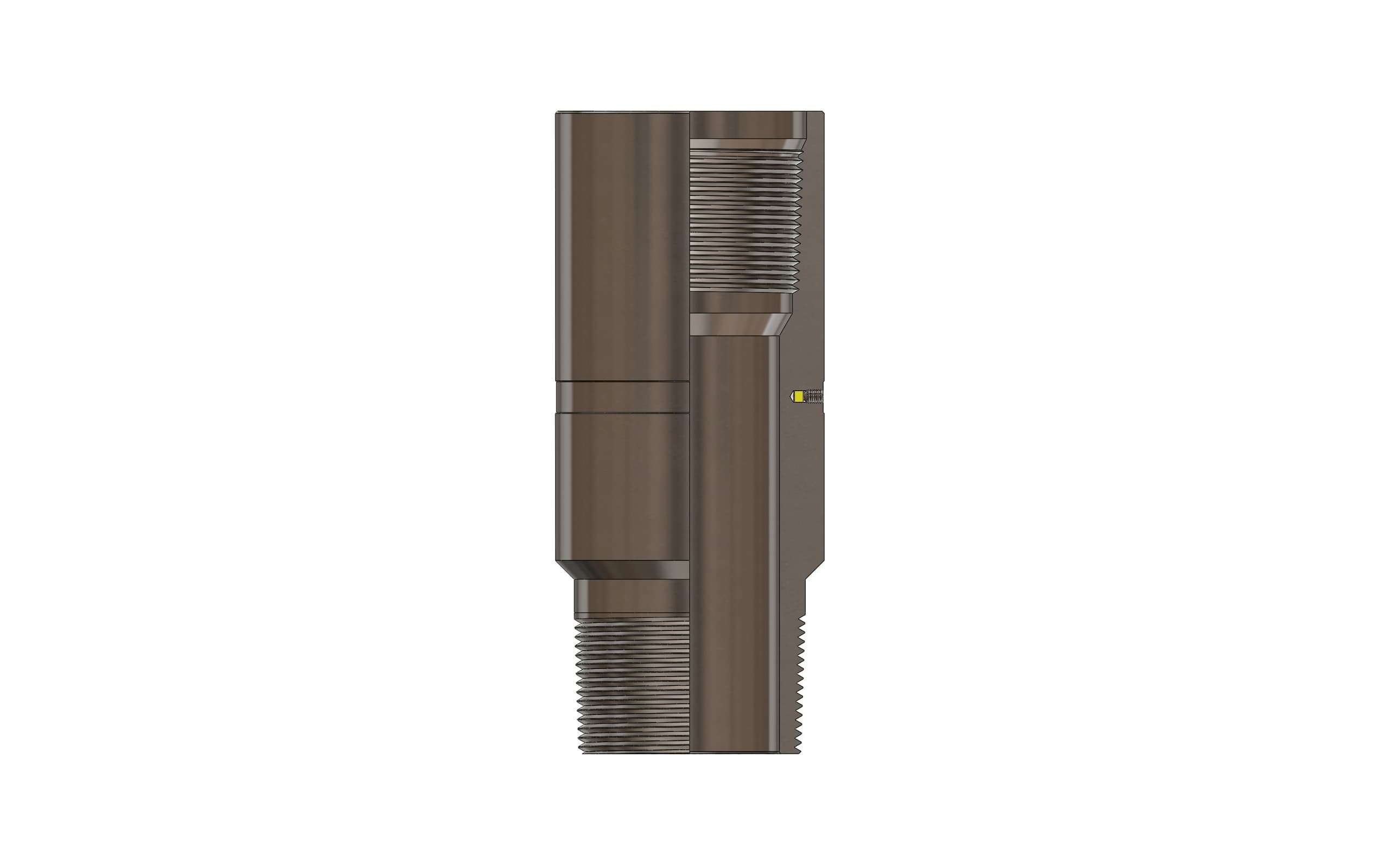
Radioactive Marker Sub
The typical method of correlating a TCP gun string is to use the pipe tally.
Product summary
The typical method of correlating a TCP gun string is to use the pipe tally.
The typical method of correlating a TCP gun string is to use the pipe tally. Even though this process is straight forward, depth errors are produced by pipe stretch that is unaccounted for. Pipe stretch can be hard to predict due to factors such as selected pipe stretch calculation parameters, well tortuosity, buoyancy effects and surface friction. As a well gets deeper, the inaccuracies become larger. Titan’s Radioactive Marker Sub can be used to make very accurate depth correlation of pipe conveyed gun systems.
A small radioactive pip tag is secured inside a cavity on the side of the Radioactive Marker Sub with a set screw. The sub is then placed a known distance above the firing head as part of the work string and run in hole to the proposed perforating depth. A wireline gamma ray logging tool is run through the tubing to perform the correlation log. The resulting log will show a large spike at the depth of the pip tag. When this log is compared to the open hole gamma ray log, adjustments can be made to the work string placing the guns on depth.
As the Radioactive Marker Sub has the same or larger diameter than the surrounding tubing, it will not cause any restriction to fluid flow. This makes it an ideal choice to use the sub in permanent completion perforating systems.
Typical 1-μCi pip tags used are Cobalt-60 (5.2 years half-life) or Zinc-65 (240 days half-life). Titan does not supply radioactive pip tags.
Applications
TCP depth correlation
Features
Highly visible to logging tools that detect gamma rays
Radioactive marker positively contained inside sub with set screws
Full opening
Benefits
Accurate method for correlating pipe conveyed gun systems
Containment of radioactive marker guarantees retrieval
Allows unrestricted flow through tubing








